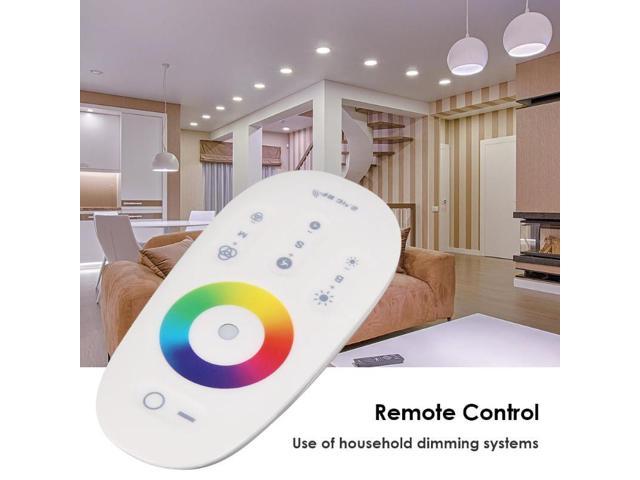Getting rid of wiring in the house thanks to lighting without switches

Thanks to the rapid development of technology, there are many electrical appliances in every home today. Their disadvantage lies only in the fact that the connection of this equipment to electricity is still carried out through sockets and switches.
This is because many home owners are not aware that a new lamp can be installed without laying electrical wiring and installing classic switches. In this article, you will learn how this is possible thanks to wireless lighting, which allows you to eliminate unnecessary wires in the house.
What are the advantages of wireless lighting?
Wireless lighting is implemented using remote switches that allow you to wirelessly automatically or manually control the lighting devices in the house.
Such wireless wiring has a large number of advantages. Here are the most important ones:
Easy to install. To install an additional switch, you do not need the help of a specialist.
Autonomy. The placement of wireless devices is possible by any means. For example, they can be placed on the table to turn on and off the light when you start or finish work.
Easy to manage. It takes only seconds to adjust the room lighting.
Wide scope of application. Remote switches can be used both on their own, and can be included in traditional electrical wiring as one of the Smart Home solutions.
Long service life. Since wireless devices consume electricity sparingly, it is very rare to change the batteries.
Types and organization of wireless lighting
To date, wireless switches are represented by three groups: keyboard (pass-through and cross-over), “smart” and radio switches.
Keyboard modules are usually equipped with corridors and stairs. Energy in this case is saved due to the fact that the user has the ability to control the room lights from 3 or more points. The disadvantage of this solution is that it requires a complete replacement of the wiring and the installation of standard elements of serial pass-through or cross switches with key control.
When using “smart” switches, there is no need to drill the walls and lay the wires in the shrouds. However, if there is no Wi-Fi internet, the lighting will stop functioning. But thanks to the “smart” schemes, it is possible to configure the functioning of all lighting equipment in the house for various operating scenarios and automatic modes.
The radio switches have a key block and a power radio module. The radio module “breaks” the wiring through which the current flows to the lamp, and the control unit works instead of the classic switch. At the same time, it can have any convenient location, but only in the places where the main electrical wiring passes.
We hope that thanks to this information, you have learned more about wireless lighting, and now you will think about installing such a convenient system in your home.
